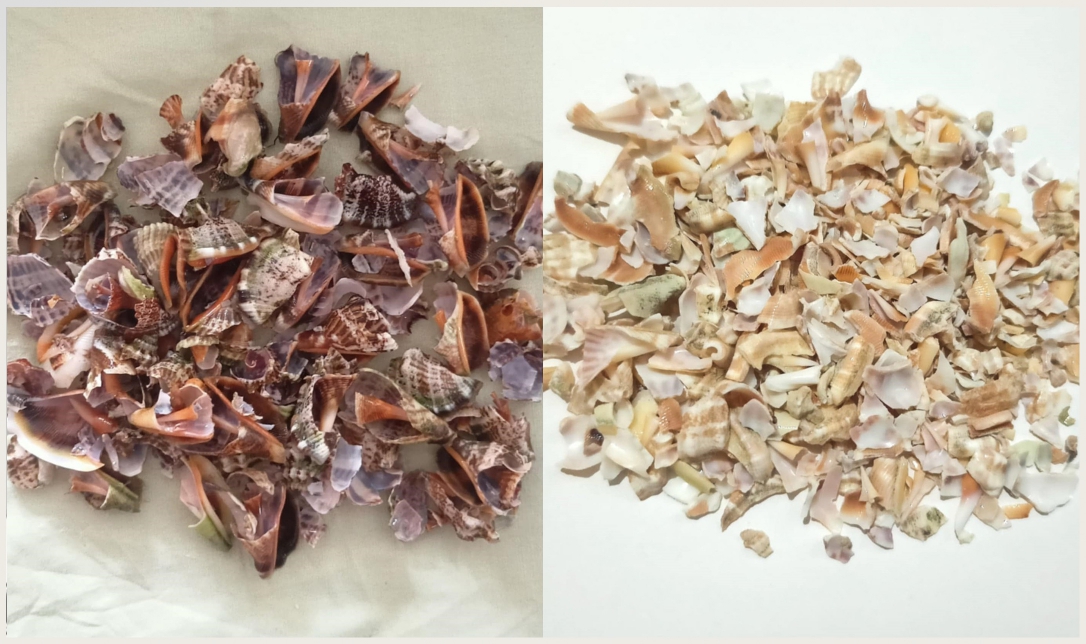Biosynthesized calcium oxide from calcined conch shells: A potential bactericidal agent against Escherichia coli
DOI:
https://doi.org/10.59120/drj.v15i3.228Keywords:
Bactericidal, calcination, conch shells, Escherichia coliAbstract
The occurrence of ineffective antibiotics and an abundance of waste shell has provided a research opportunity to study calcium compounds through natural recycling, derived from the abundant gleaned species of gastropod conch (Canarium urceus) shells. Particularly, calcium oxide from waste shells were investigated as a value-added application for inhibiting pathogenic Escherichia coli. Hence, this study investigated its bactericidal activity through the Kirby-Bauer disc diffusion method to measure its growth inhibition ability. Waste conch shells were collected from Maitum, Barangay Dahican, City of Mati, Davao Oriental. Conch shell powder was obtained through calcination in a muffle furnace for two hours at 800°C (CS800) and 900°C (CS900), both at 50% and 75% (w/v) concentrations, for comparison. Among the four tested samples with three replicates each, results indicated that CS800 (50%) exhibited the highest inhibitory effects against E. coli. Findings also revealed that samples at 50% concentration demonstrated higher antibacterial activity than those at 75%. This statistically suggests that concentration level significantly influenced the bactericidal activity, whereas the 100°C difference in calcination temperature did not. The antibacterial activity of calcined conch shells can be attributed to CaO through two mechanisms: primarily, the strong alkalinity of the medium, and secondarily, the generation of Ca2+ and reactive oxygen species (ROS) on the surface of CaO, which cause cell wall rupture. Another possible mechanism is also associated with generating superoxides
Downloads

Downloads
Published
Issue
Section
License
Copyright (c) 2024 Kate Loucille C. Ibañez , Analou D. Dedal

This work is licensed under a Creative Commons Attribution-NonCommercial 4.0 International License.
DRJ is an open-access journal and the article's license is CC-BY-NC. This license allows others to distribute, remix, tweak, and build on the author's work, as long as they give credit to the original work. Authors retain the copyright and grant the journal/publisher non-exclusive publishing rights with the work simultaneously licensed under a https://creativecommons.org/licenses/by-nc/4.0/.





